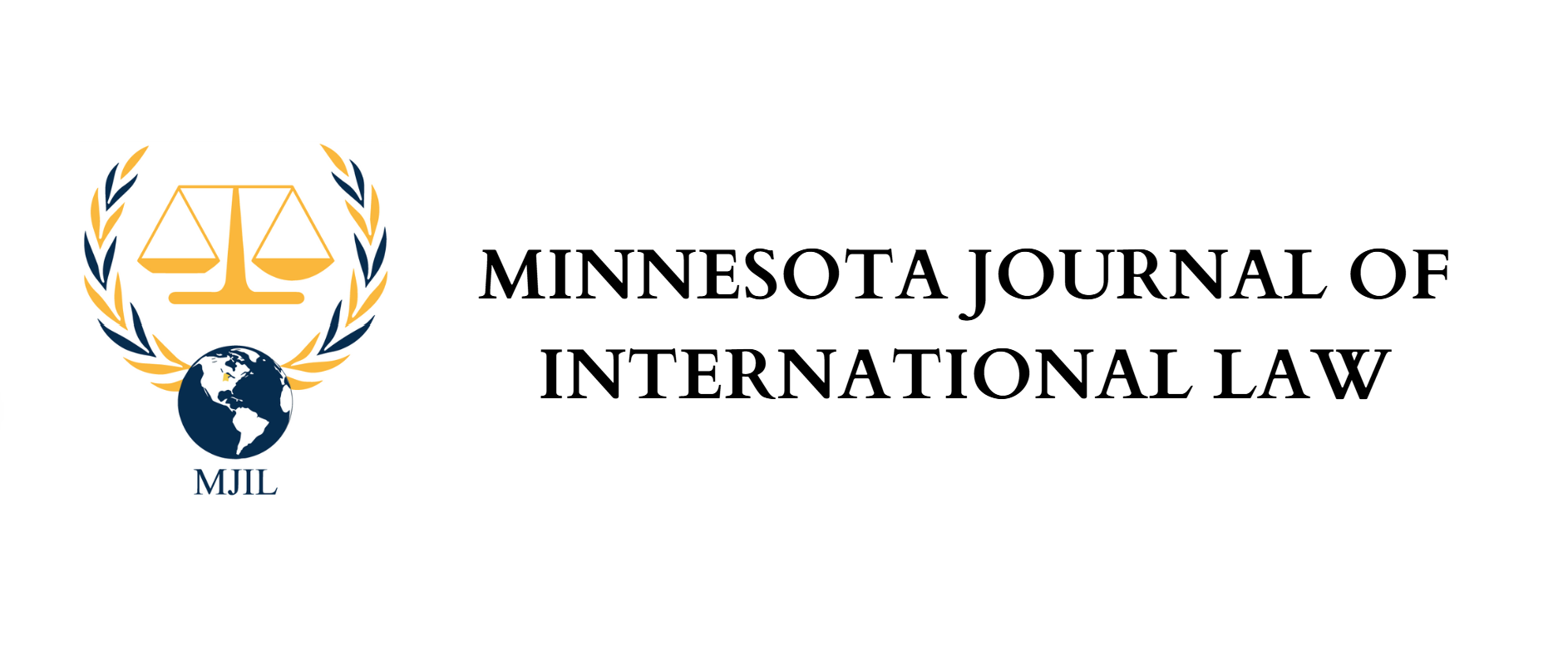River Campbell
The European Union (“EU”) straddles an awkward juxtaposition. On the one hand, the EU poses as the figurehead for continental governance in Europe. On the other, its scope of authority remains narrow, and it possesses no substantial mechanism for enforcement of many areas of law. Thus, the question arises: How does the EU bridge this divide? The European Years, a Union-wide awareness campaign, exemplifies the answer. To understand the utility of the European Years, one must understand the limits on the EU’s authority.
The powers of the EU arise exclusively through conferral.[1] The Treaty on the Functioning of Europe (“TFEU”) provides the EU with areas of competency.[2] Where the EU has an exclusive competency, the EU has the sole authority to act in that specified field.[3] However, there exist only a few areas which the EU holds an exclusive competency.[4] Most of the EU’s competencies it must share with its Member States.[5] When a competency is shared, the EU faces the limit that any of its actions “shall not result in Member States being prevented from exercising” their own competencies.[6] This limit is known as vertical concurrence.[7] To act on a shared competency, the EU lawmakers must demonstrate that the goals of the proposed action cannot be sufficiently achieved at a Member State level of action and that the scale of the proposed action better suits implementation at a EU-wide level, rather than a local level.[8] Vertical concurrence constitutes a barrier for the EU to enact legislation.
Once EU lawmakers have decided that a matter demands EU intervention and the scale of intervention suits best a Union-wide action, they face a barrier in the enforcement of any law they may pass. The EU wants for a real executive body.[9] Without a body to enforce laws, the EU depends on its Member States to implement laws it may pass.[10] Consequently, the EU is mostly neutered in the enforcement of laws it may pass upon which it does not deem worthy of staking membership. Therefore, it must govern with methods which do not depend on executive enforcement.
When one conjures up the essence of law, they may imagine statutes that prohibit theft, assault, or murder. That person thinks of a government using its lurking threat of violence and an express principle to compel people to behave in a prescribed fashion. However, compulsion is not the only way to influence collective behavior; social norms can serve the same function.[11] A governing body may employ expressive law when it intends to influence behavior without the use of compulsion.[12] Expressive law utilizes social norms to compel people to act in a desired manner.[13] The European Years serve as an example of expressive law.
Since the 1980s, the EU has designated certain years as European Years.[14] The Commission proposes a theme, which it considers in need of public awareness and institutional attention, for the upcoming year.[15] The chosen topic becomes the subject of an expansive awareness campaign across Europe.[16] The themes of the European Years often revolve around areas over which the EU has limited compulsory power.[17] These Years serve as a glowing example of an institution working within its limited bounds of authority and exercising expressive law to pursue its aims.
[1] Consolidated Version of the Treaty on European Union, art. 5, Oct. 26, 2012, 2012 O.J. (C 326) 15.
[2] See Consolidated Version of the Treaty on the Function of Europe art. 1(1), Oct. 26, 2012, 2012 O.J. (C 326) 49 [hereinafter TFEU].
[3] See TFEU arts. 1 & 3.
[4] See Id. at art. 3.
[5] See Id. at art. 4.
[6] See Id. atart. 4(3).
[7] Stelio Mangiameli, Concurrent Powers in the EU and Their Impact on the Powers of Member States, in Concurrent Powers in Federal Systems: Meaning, Making, Managing 139, 155 (Nico Steytler ed., 2017).
[8] Nicolas de Sadeleer, Principle of Subsidiarity and the EU Environmental Policy, 9 J. Eur. Env’t & Plan. L. 63, 64 (2012).
[9] Ben Crum & Deidre Curtin, The Challenge of Making European Union Executive Power Accountable, in The European Union: Democratic Principles and Institutional Architectures in Times of Crisis 63, 66 (Simona Piattoni ed., 2015).
[10] Id.
[11] See Robert C. Ellickson, Order Without Law: How Neighbors Settle Disputes 167 (1991).
[12] Cass R. Sunstein, On the Expressive Function of Law, 144 U. Pa. L. Rev. 2021, 2031 (1996).
[13] Id.
[14] European Years, European Union, https://european-union.europa.eu/priorities-and-actions/european-years_en#:~:text=What’s%20a%20European%20Year%3F,both%20inform%20and%20change%20attitudes (last visited Mar. 17, 2025).
[15] Id.
[16] Id.
[17] Compare id. with TFEU art. 3 (listing exclusive competencies which lie far from the subjects of European Years campaigns).
